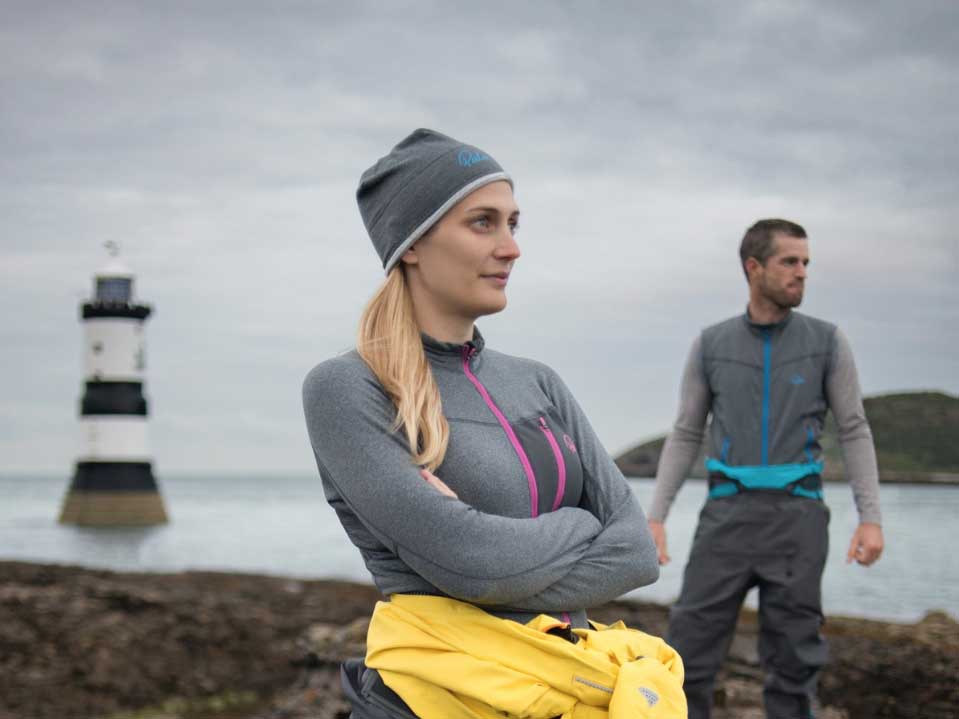Photo by Palm Equipment
Base layers are an important part to your cold water paddling kit. They are the foundation of your layering system and key to keeping you warm and comfortable without getting too hot and sweaty. However, what is best - synthetic fabrics or natural materials?
This guide will look at the pros and cons of each because, as is so often the case with gear selection, it’s not a straight forward answer and a lot depends on personal preferences and how you like to paddle.
Why are base layers important?
If you are wondering why base layers are important, there are some key reasons to using them as part of your layering system for cold weather paddling. As it says in the name, you wear them next to your skin and build your layers on top of them. If you’ve ever worn a dry suit or cag next to your skin you’ll know how horrible and clammy it feels.
The primary job of a base layer is to wick moisture, your sweat, away from your skin. Its secondary job is to insulate you, how much insulation depends on the designers intended use. A thin summer thermal is designed with minimal insulation while a winter thermal has a thick layer of insulation.
This means that although they do insulate you, they also keep you comfortable when you are paddling hard and sweating. To do this a good thermal needs to be a close fit to have good contact with your skin. It also needs to feel nice against your skin, and fit under any outer layers without being restrictive to movement or bunching up. As a rough guide a thin base layer will not be as warm but will wick better and a thicker base layer will be warmer but not wick as well.
But what about what base layers are made of? What are the differences between synthetic fabrics and natural materials?
What are the qualities of synthetic base layers?
Pros
- Wicking - They get the sweat away from your skin very effectively, which makes them feel nice and helps the functioning of waterproof breathable membranes such as Gore Tex.
- Cost - Synthetic base layers are usually significantly cheaper than those made of natural materials
- Drying - The smooth fibres of synthetic materials don’t allow water to seep into them. This makes them dry fast, usually your body heat is enough.
- Stretch - They conform to your body well which is useful if you are wearing more layers on top.
- Durable - They usually last longer as they cope with washing and day to day abuse better.
Cons
- Smelly - Sweat loving bacteria thrive on synthetic fibres which makes them get stinky quickly. Because of this some synthetic base layers have special treatments to try to prevent this.
- Environmentally unfriendly - They are essentially made of plastic which means they don’t biodegrade and they release micro plastics when washed.
What are the qualities of natural base layers?
Wool has been used as clothing since the first cave person saw how warm and cosy sheep were. Because Merino sheep live in a higher, colder climate they have much finer wool which makes it less itchy and also gives it a number of other useful properties, which is why it’s become the most common natural material to use as a base layer in recent years. There are some other good performing natural materials though such as bamboo, yak and ibex wool.
Pros
- Warm when wet - The rough surface of natural fibres absorb water well. This means they wick moisture away from your skin well but then release it to the atmosphere slowly, retaining more warmth.
- Less smelly - Natural fibres are resistant to bacteria to prevent sheep from getting really smelly. This works for paddlers too.
- Environmentally friendly - Natural fibres biodegrade meaning they won’t still be here when you’ve gone.
- Insulating - The fine fibres feel cosy against your skin and provide fantastic insulation.
Cons
- Doesn’t dry quickly - Natural fibres ability to absorb water prevents it from drying quickly which means if you sweat a lot they can get too wet. This can be a problem if the temperatures are low.
- Not stretchy - The fibres aren’t naturally stretchy meaning you can’t get a very close fit.
- Fragile - The fibres aren’t as tough making them more prone to damage and more delicate to wash.
So what’s best for me?
If you like to paddle hard and fast or if you are naturally hot and sweaty synthetics tend to cope with the moisture more effectively. If you are planning to go slow and steady and don’t sweat too much and don’t tend to overheat then natural fibres will feel more warm and cosy.
So sprint training, surfing or park and play suit synthetic. Where as cold weather, long journeys and expeditions suit natural base layers, as long as you can keep them dry. They are also more sociable in the pub.
You can also mix and match the qualities of both. Some base layers combine synthetic and natural materials. Or you can layer synthetic next to your skin and a natural layer on top. This gives you good wicking of the sweat from your skin with warm insulation above.
There are also some other natural materials out there that claim benefits over Merino. Animals like Ibex and Yak’s wool claims to perform better, essentially because they live in a colder environment making their hair fibres finer. They are very expensive though. Bamboo fabric offers better wicking than Merino without the environmental impacts of synthetic, it is quite fragile though, particularly when wet.

By Philip Clegg
Approaching two decades of working in the sea kayaking industry, Phil can be found on a daily basis coaching and paddling on the coastline of Anglesey. That’s when he’s not travelling the world expeditioning, coaching and testing kit.



